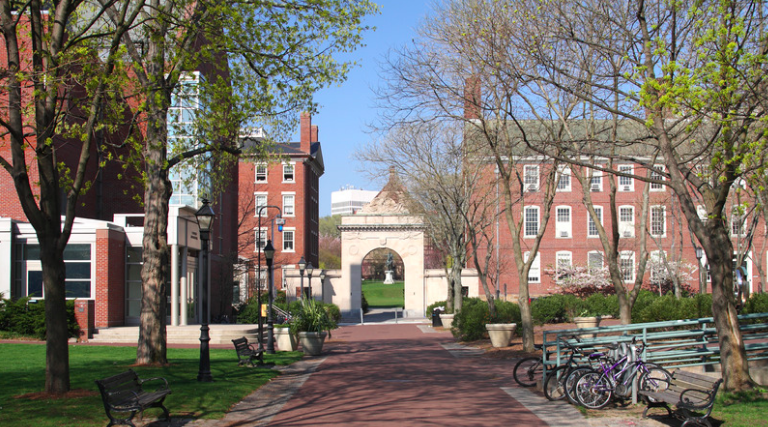
The University of Southern California will release its Early Action decisions via students’ USC applicant portals on Friday, January 17. USC received nearly 42,000 applications for Early Action, which is about 2% more than received last year. Of those 42,000, only approximately 3,500 will be offered admission Early Action. All other applicants will be invited to defer to Regular Decision.
USC anticipates accepting another 5,200 first-year applicants for fall, or roughly 60% of the total, via Regular Decision in late March. Interestingly, Regular Decision volume is also up roughly 2% compared to last year.
Deferred students who want to be considered for Regular Decision must submit an Early Action Deferral form in their USC portals and submit mid-year grades if they have not already done so. USC does not want to review any additional new materials such as resumes, recommendations, essays, or general updates. No letters of continued interest at USC!
The University of Southern California (USC) stands out as an undergraduate institution for several unique reasons, including:
1. Location in Los Angeles: USC is situated in the heart of Los Angeles, providing students with unparalleled access to the entertainment industry, tech startups, and a diverse cultural landscape. This urban setting offers numerous internship opportunities, networking events, and real-world experiences that are directly integrated into the curriculum.
2. Interdisciplinary Education: USC is known for its emphasis on interdisciplinary learning, where students are encouraged to explore across fields. Programs like the Viterbi School of Engineering and the Dornsife College of Letters, Arts and Sciences offer joint majors, minors, and combined degree programs, fostering a comprehensive educational experience.
3. World-Class Faculty and Research Opportunities: The university boasts faculty who are leaders in their fields, many of whom are engaged in groundbreaking research. Undergraduates have opportunities to participate in research from their freshman year, gaining hands-on experience in cutting-edge projects.
4. Diverse and Inclusive Campus: USC prides itself on its diversity, with students from all 50 U.S. states and over 135 countries. This diversity enriches the academic and social environment, promoting a global perspective among students.
5. Strong Alumni Network and Career Services: USC has an extensive and influential alumni network, which can be beneficial for job placements and career development. The Career Center at USC is one of the best, offering tailored career advice, job fairs, and connections to industry through initiatives like the Marshall School of Business’s Career Treks.
6. Innovative Programs and Facilities: USC offers unique programs like the USC School of Cinematic Arts, which is considered one of the top film schools globally, providing state-of-the-art facilities and technology. Additionally, the university has invested in innovation hubs like the USC Village, enhancing student life with modern amenities and community spaces.
7. Sports and School Spirit: Known for its spirited athletic programs, particularly football, USC fosters a strong sense of community and school pride. The Trojan spirit is a unifying force on campus, with traditions like the Walk of Fame and the Victory Bell.
8 Entrepreneurial Ecosystem: With initiatives like the Lloyd Greif Center for Entrepreneurial Studies and the Marshall Venture Fund, USC encourages entrepreneurship. Students have access to resources for starting their own businesses, from funding to mentorship.
9. Global Exposure: Through programs like the Global Leadership Program, students can study abroad or participate in international service learning, gaining a global perspective that’s integrated into their academic journey.
10. Focus on the Arts: Beyond its famous film school, USC supports a vibrant arts scene with the Thornton School of Music, the Roski School of Art and Design, and numerous performance venues, providing a rich cultural education.
Good luck to all students who applied Early Action to University of Southern California.

 Those students who are being reviewed Regular Decision for Boston University’s Class of 2028 will receive their admissions decisions on Saturday, March 23, 2024. Such first-year applicants will receive emails when their decisions are available within their BU web accounts on the MyBU Applicant Portal.
Those students who are being reviewed Regular Decision for Boston University’s Class of 2028 will receive their admissions decisions on Saturday, March 23, 2024. Such first-year applicants will receive emails when their decisions are available within their BU web accounts on the MyBU Applicant Portal.

 Picture it. You are all alone in your bedroom at 11:47 p.m. on a Tuesday night.
Picture it. You are all alone in your bedroom at 11:47 p.m. on a Tuesday night.


 Boston University (BU) will be notifying Regular Decisions applicants tomorrow, Saturday, March 25, 2023.
Boston University (BU) will be notifying Regular Decisions applicants tomorrow, Saturday, March 25, 2023.